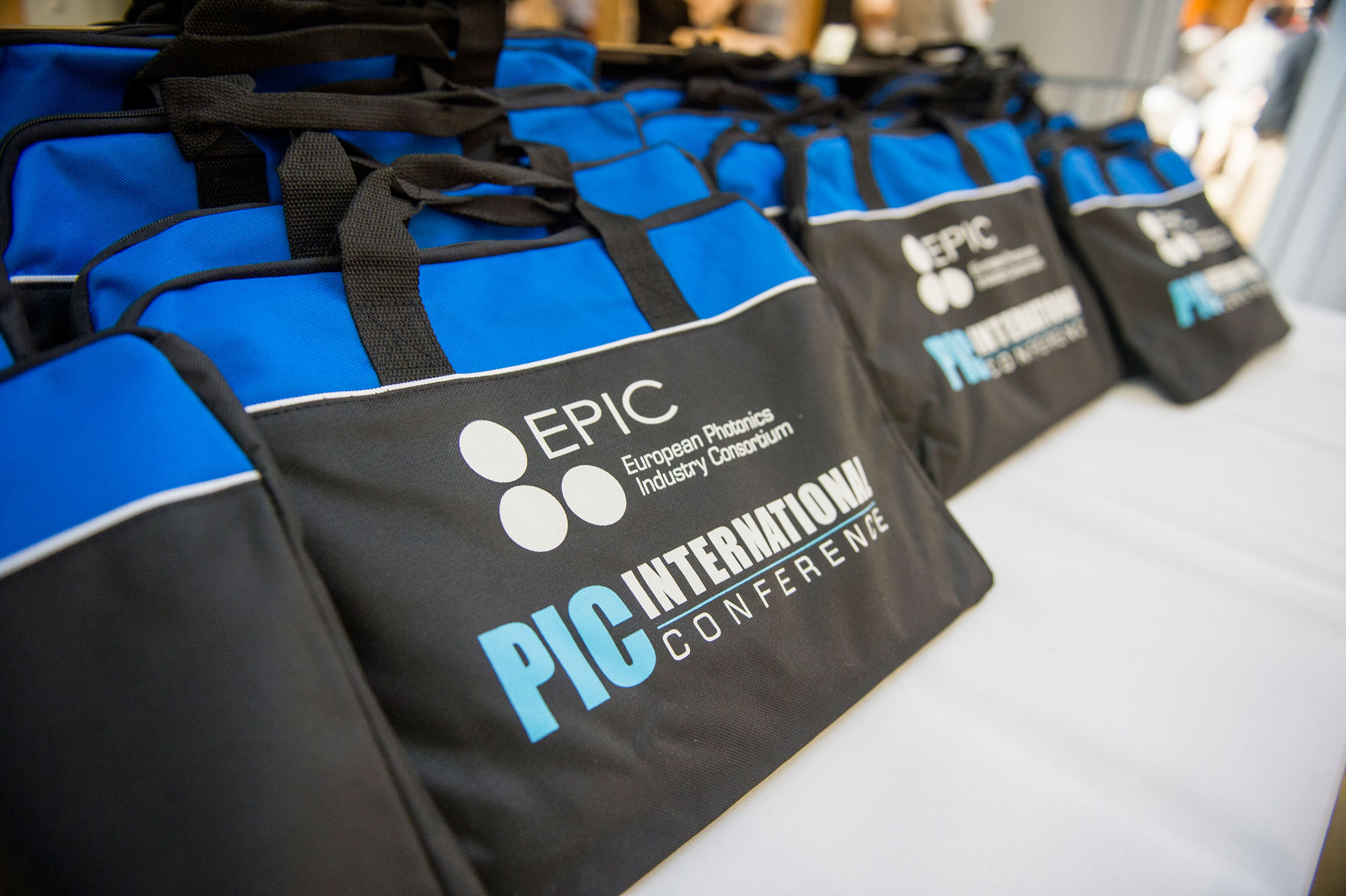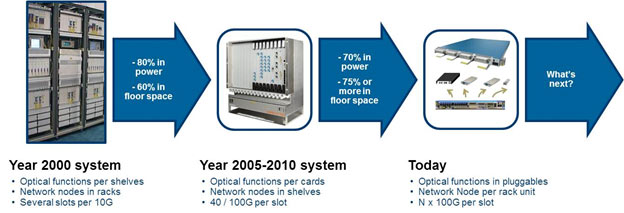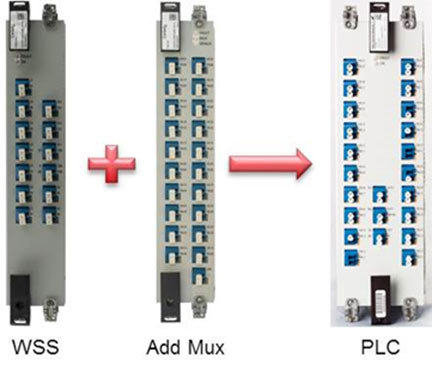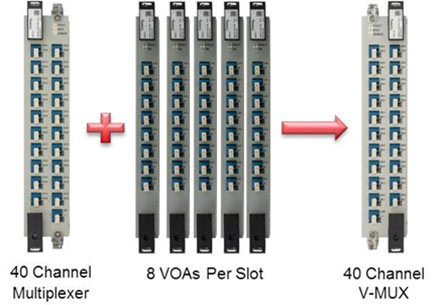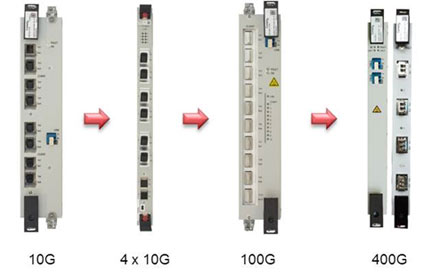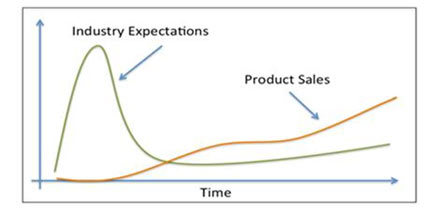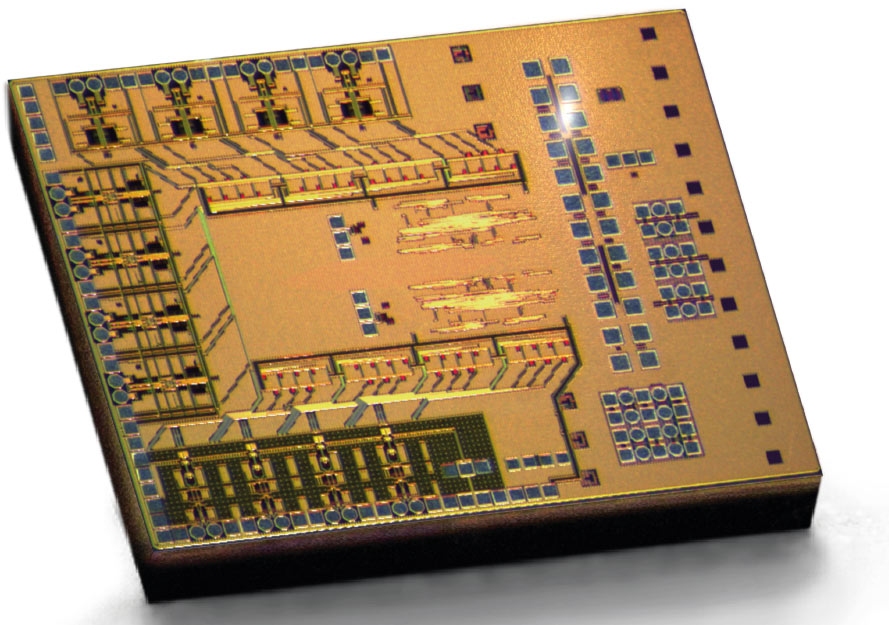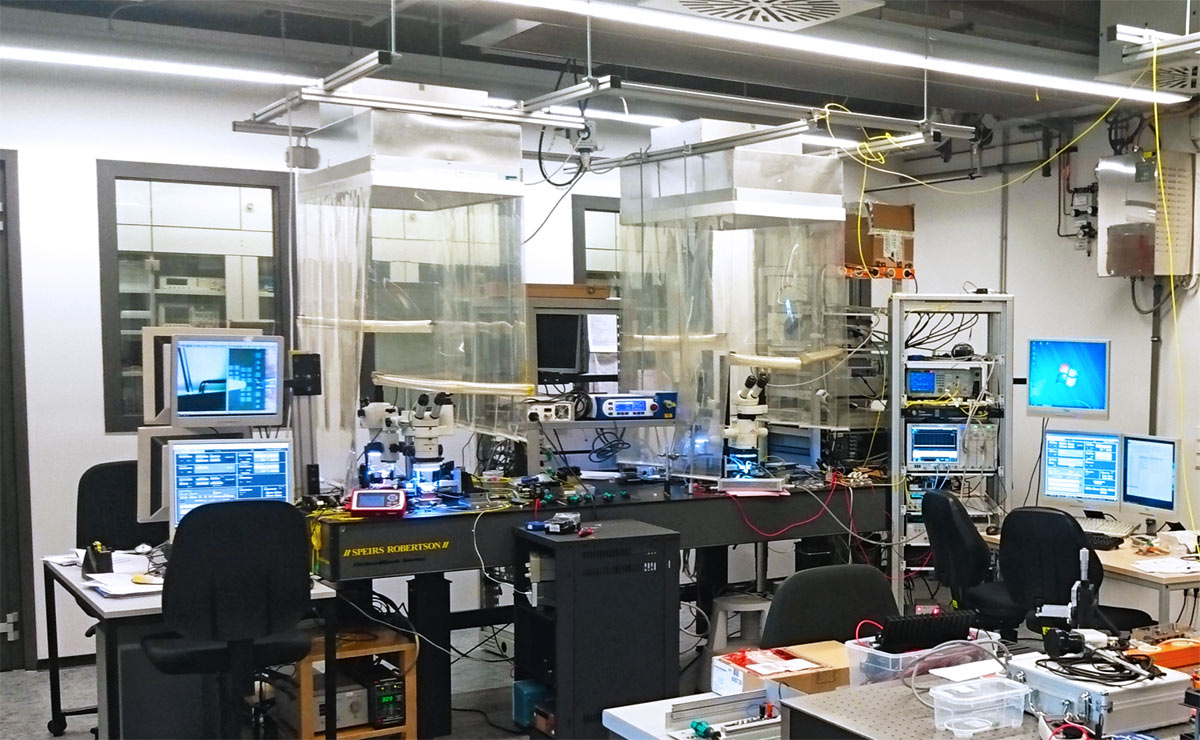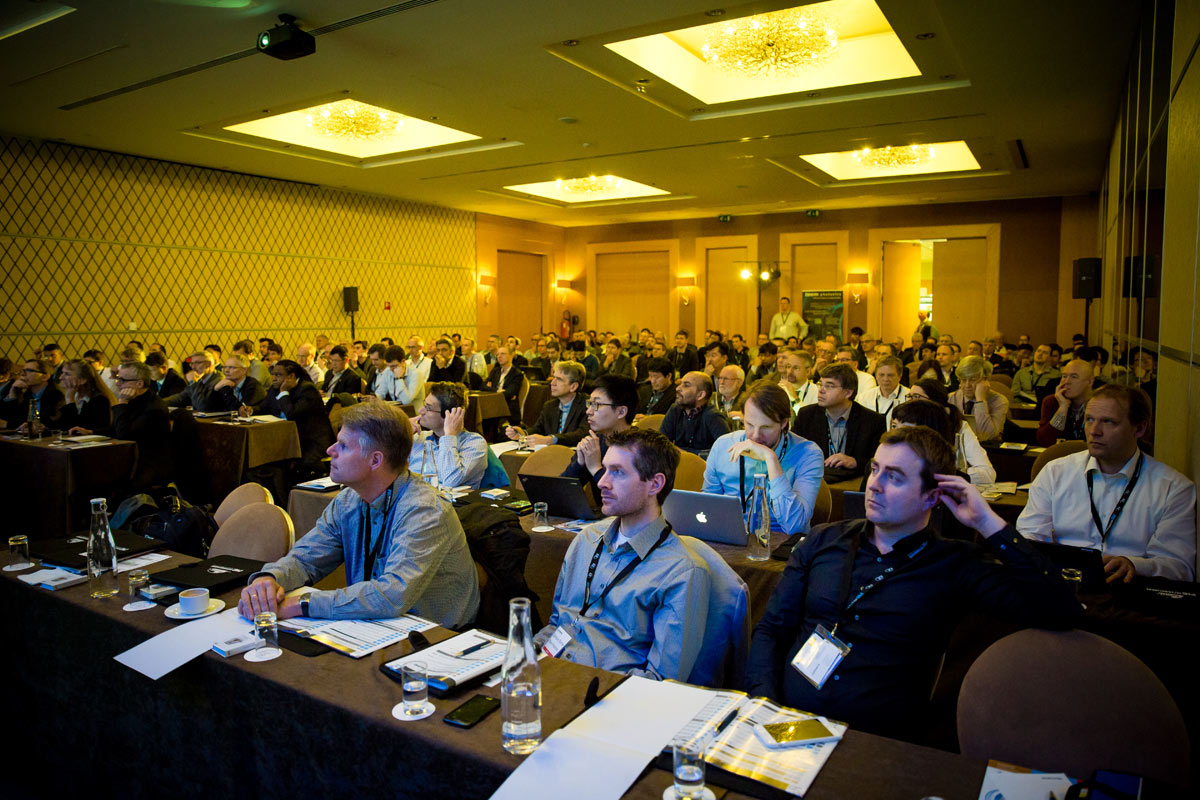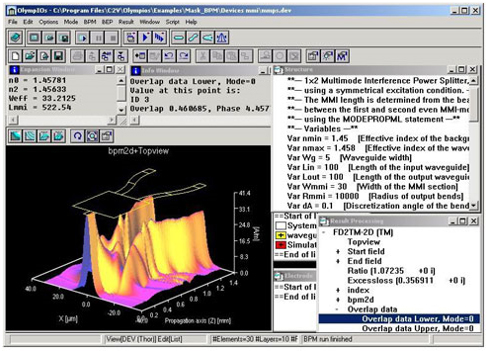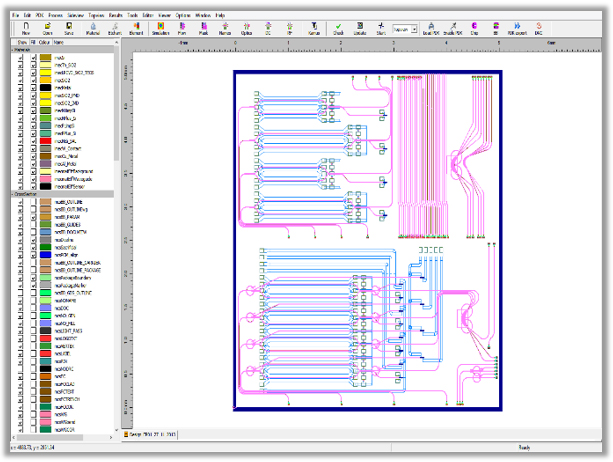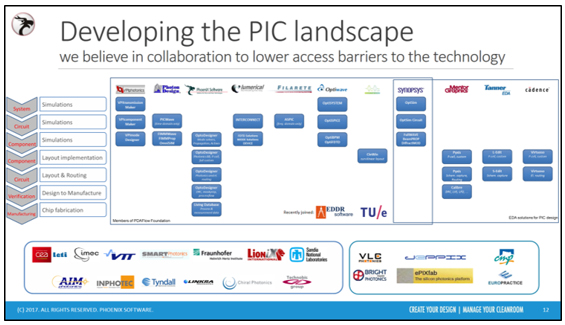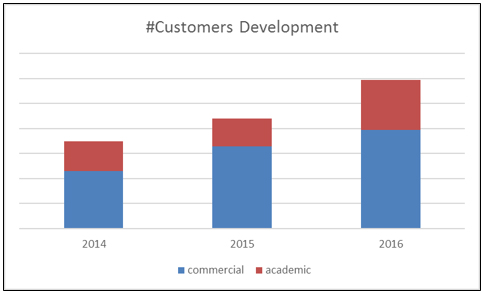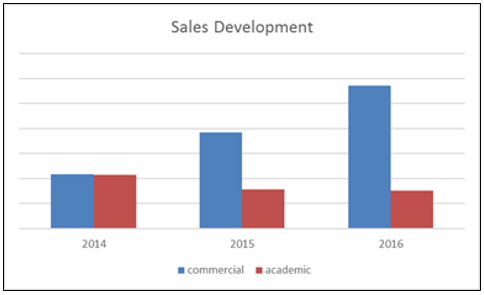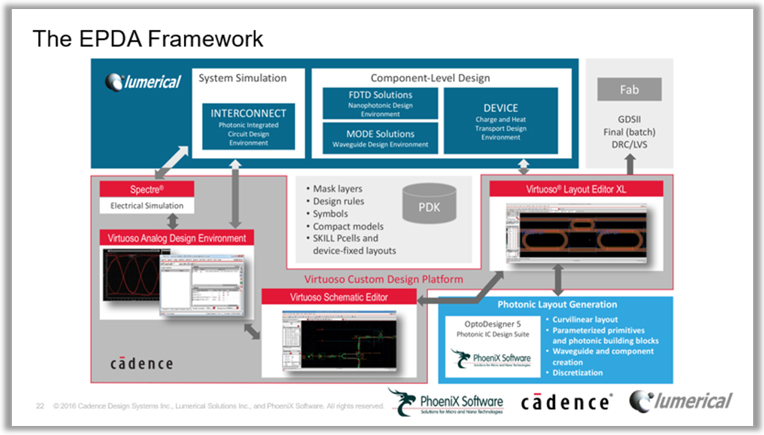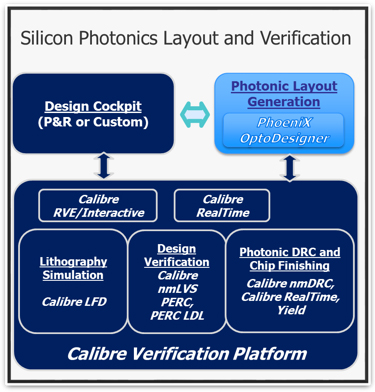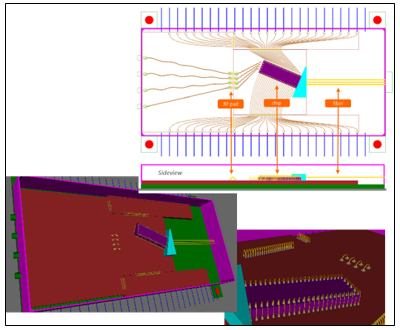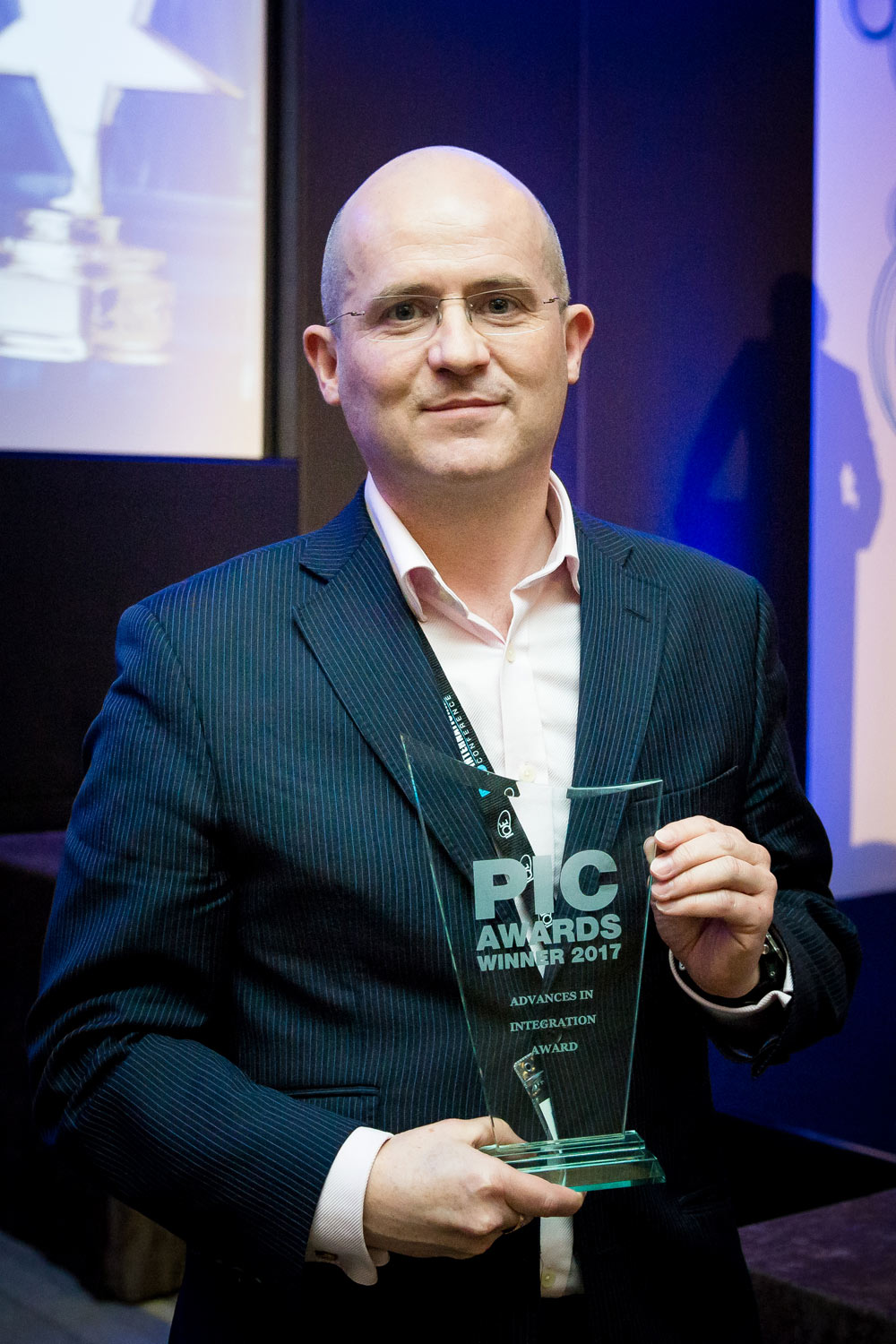Accommodating traffic growth
The internet is ubiquitous. Over the past two decades the Northern hemisphere has evolved to the point where most people over the age of twelve are constantly tethered to data centres worldwide, providing them with the next nudge, communication or music track to listen to. Pocket-sized devices have evolved from basic phones to the latest generation of smartphones capable of providing high-definition video and sound, as well as considerable computing resources. And the appeal of smart TV’s, laptops and smartphones is soon limited without a constant connection to digitized, internet-hosted content.
Last year, 70% of all internet content consumed by North American internet users, measured in terms of network bandwidth, was served out of only 10 global internet connected networks. It is no surprise to see names like Amazon, Facebook, Microsoft, Google or Netflix in this list. These household names have become synonymous to the internet for many consumers.
This has transformed the role of internet service providers (ISP), eroding their value added services portfolio to the point that the value creation of most ISP’s is primarily basic connectivity. The move of traditional communications like voice and SMS to Over The Top (OTT) solutions and similar trends in providing content via online services, have further accelerated the reduction of triple and quadruple-play offerings to a dual-play bundle based on delivering data over fixed and mobile networks.
In parallel, consumers expect better and cheaper services. In this equation with flat or declining revenues, service providers must find a way to accommodate the 30% year-over-year traffic growth knowing that at most 10-15% of cost-savings can come from a reduction in equipment pricing. As a result, other initiatives inside the internet service providers such as automation, evolving architectures, economies of scale and self-service portals, must further allow the service providers to save at least another 15% in costs.
Considering network infrastructure
There are several dimensions to the network infrastructure cost, if it is considered end-to-end. Equipment vendors have focused largely on increasing the throughput through the existing fibre plant as a way to increase the efficiency of the network. A key consideration in long-haul networks is the reach, both in terms of reach between amplification and the reach before regeneration becomes required.
Especially the need for regeneration drives up the cost significantly because it is a per service requirement, unlike the amplification which applies to all services on the same fibre.
Supporting a granular footprint with a ubiquitous service feature parity is another compounding challenge because service providers buying such long haul services have come to expect that features such as protection and restoration are coming at virtually no extra cost. It is commonplace that even for services routed over a single 2.000km fibre, repair targets are set to 30 minutes - a target impossible to achieve in case of a fibre cut. The simplicity of the network is also a requirement to keep the costs of automating service delivery down and key in enabling the integration of IP and Optical networks. This integration is achieved by deploying Software Defined Network technologies, which offer centralized control over the traffic flows in data networks. This is seen as one of the approaches to drive out costs through the elimination of independent layers of redundancy and the introduction of a vertically integrated end-to-end multi-layer redundancy scheme.
Making the correct trade-off presents an ever moving target, forcing long-haul service providers to make an uneasy compromise between the ubiquity and simplicity of a homogenous network platform architecture and the individually cost-optimized, end-to-end solutions across minimalistic common open line system infrastructure.
Most pricing models today are based on accounting for fixed costs of the underlying platform infrastructure such fibre plant, rack space, power, muxes and equipment chassis to which unitary costs for transponders, optics and patching are added. The shared cost portion taken into account to price each individual service is usually based on longer term network utilization forecast.
So where do we go from here?
Driving out costs from the system can come in a variety of ways, most of which are not necessarily feasible today, but I’d like to highlight the following for consideration -
- Reduce “idling” costs by keeping the power footprint of high density equipment in line with actual occupation of the slots, turn off power consuming installed optics and cards when they are not in active service.
- Avoid service regeneration points: extend the optical reach; high density equipment in core nodes should be able to terminate optically in transponders in small feeder points of presence.
- Automate the physical fibre plant infrastructure, patch robots or highly (cost) efficient optical cross connects, allowing remotely controlled Optical Distribution Frames. This would allow for restoration of services, easy re-grooming of services and on-demand services.
- Creation of truly on-demand services, reducing the cost by not only addressing what needs to be paid, but also when. This implies however that the access ports occupied by on-demand ports are extremely low-cost or can be freed-up remotely.
Biography -
Eric Loos joined BICS in 2007, holding positions as architect of the Carrier Ethernet Service Network and manager of the expert team in the operations department before taking up a role as Senior Product Manager Capacity & IP at the end of 2011. He has over 20 years of experience in the Service Provider segment, alternating between network engineering, architecture design and operational roles. Familiar with all stages of a network lifecycle, Eric has a unique perspective on the challenges faced by service providers and carriers. In addition, he is a board member of the Amsterdam Internet Exchange and a contributor to the PeeringDB project.
More information -
www.bics.com
www.ams-ix.net
www.peeringdb.com



